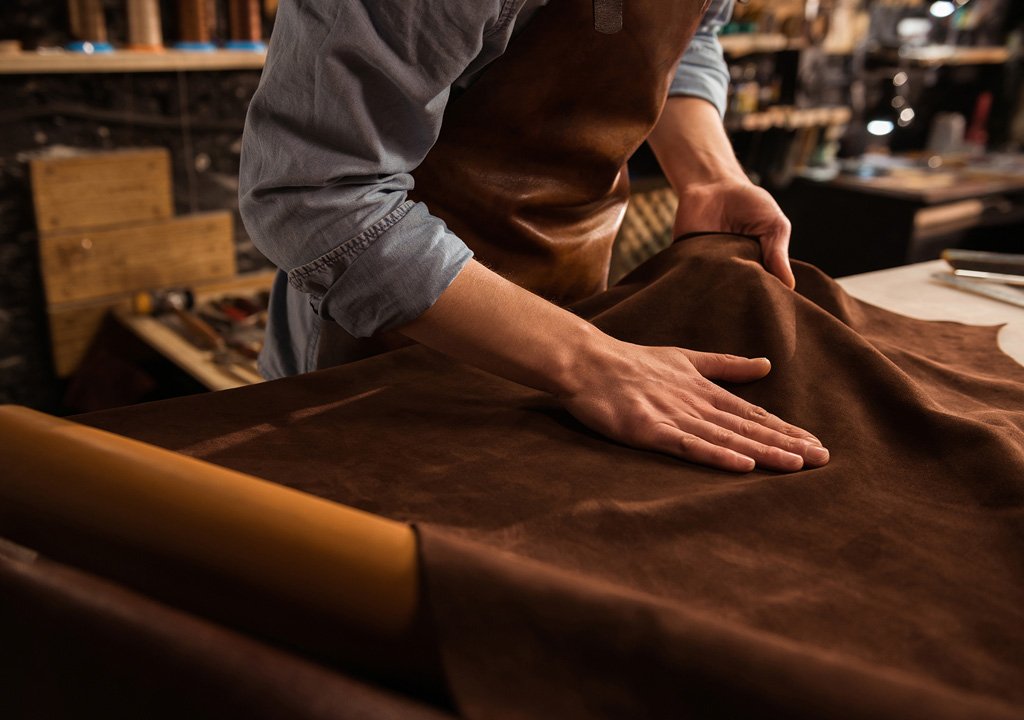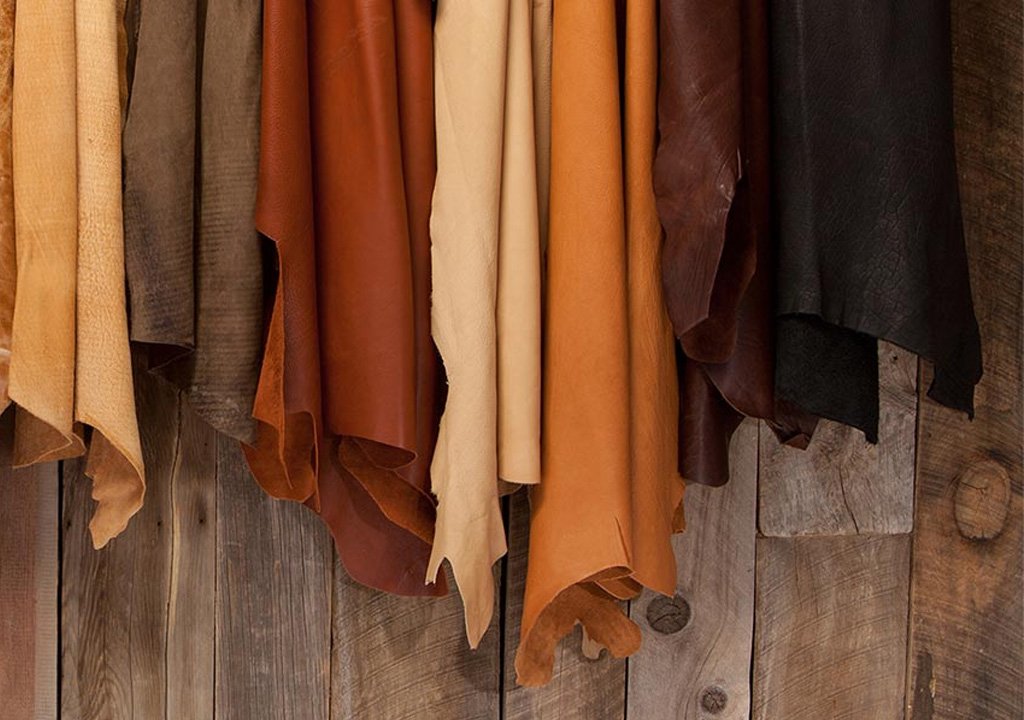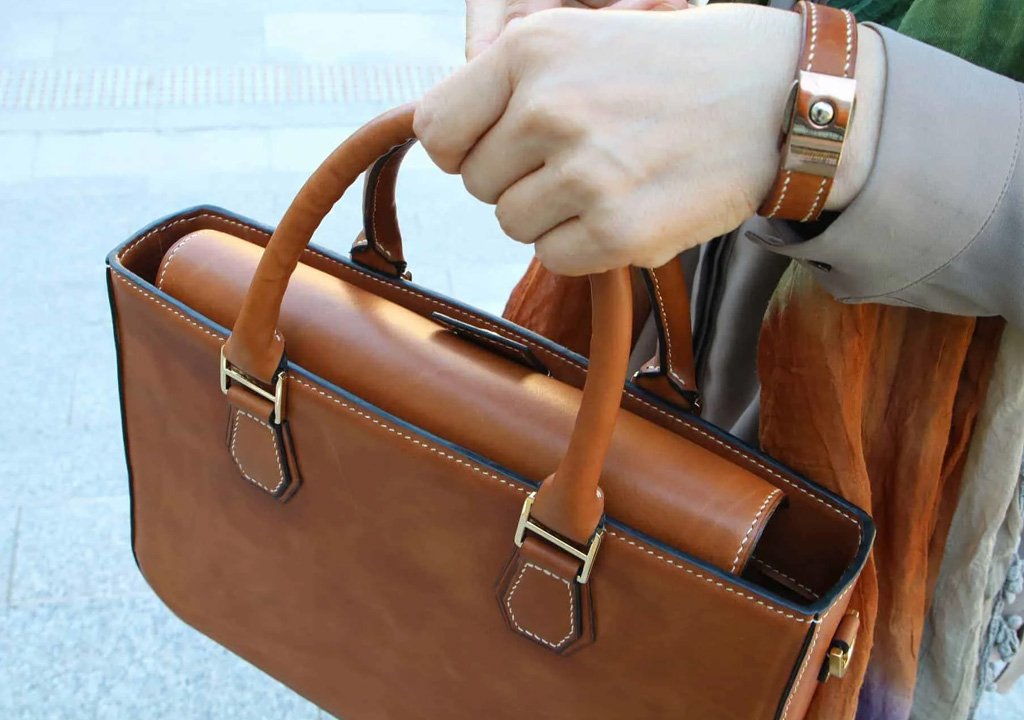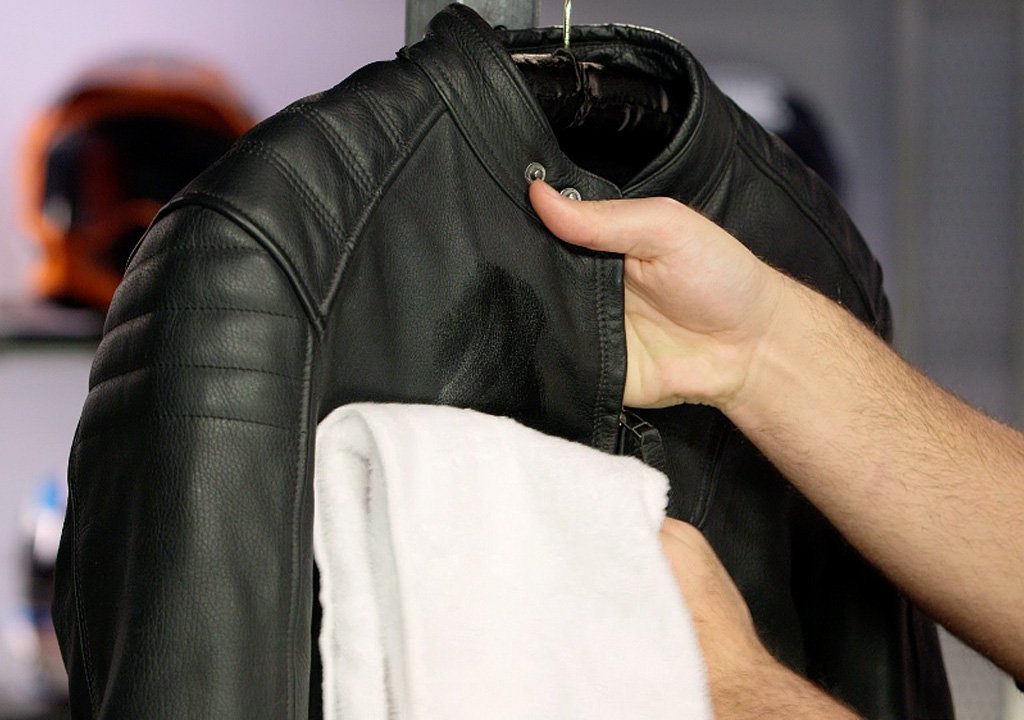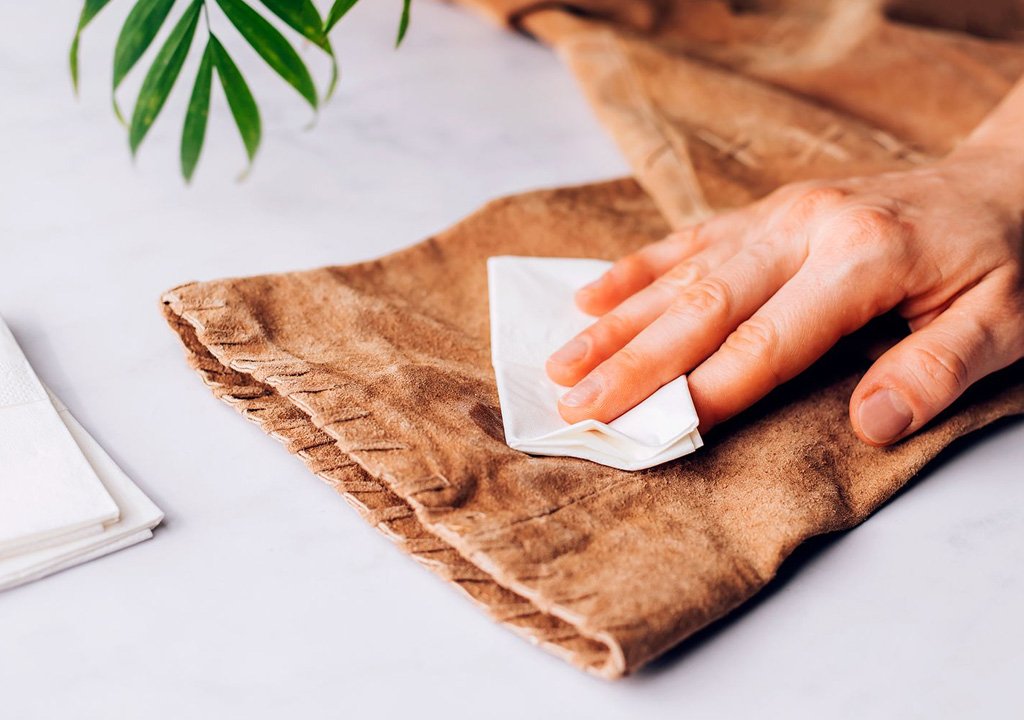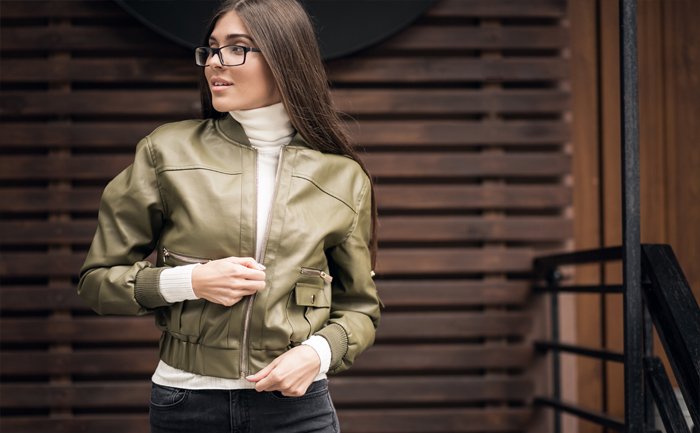Why and When Does Leather Peel?

Why and When Does Leather Peel?
Proper care and maintenance are essential to prolong the lifespan and maintain the quality of real leather items. Here’s a summary of the key points of Why and When Does Leather Peel?
- Regular Cleaning and Conditioning: Clean the leather surface regularly using a gentle leather cleaner to remove dirt, dust, and oils. Conditioning the leather with a suitable leather conditioner helps restore moisture, flexibility, and suppleness to the material.
- Avoid Excessive Water: Leather should be protected from excessive water exposure, as it can cause the natural oils to be stripped away and lead to cracking. If the leather gets wet, gently blot it with a dry cloth and let it air dry at room temperature.
- Proper Storage: Store leather items in a cool, dry place away from direct sunlight, heat sources, and humidity. Avoid storing leather in plastic bags, as it can trap moisture and lead to mold growth.
- Use Proper Hangers: Use padded hangers or hangers that match the shape of the garment to prevent stretching or distortion.
- Protect from Sunlight: Prolonged exposure to direct sunlight can cause leather to fade and dry out. Store leather items away from direct sunlight or use covers to protect them.
- Monitor Humidity Levels: Maintain a balanced humidity level in the storage area. Too low humidity can cause leather to dry out, while too high humidity can promote mold growth.
- Professional Maintenance: For deep cleaning or repairs, consider seeking professional assistance to ensure proper care and treatment.
Remember that different types of leather may require specific care methods, so it’s essential to refer to manufacturer recommendations or consult with experts when in doubt. By providing regular care and attention, you can enjoy the longevity and timeless beauty of your leather items.
Exactly, you’ve highlighted an important point about leather care. The finish or sealant on the surface of leather is crucial for its protection and appearance. Using the wrong cleaning products or methods can indeed damage the finish and cause cracking, peeling, or other forms of deterioration. Here are some key considerations to ensure you’re using the right approach:
- Gentle Cleaners: Use leather-specific cleaning products that are free of harsh chemicals, solvents, and abrasive agents. These products are designed to clean without harming the leather’s finish.
- Avoid Household Products: Household cleaners, baby wipes, and other products not designed for leather can strip away the finish and lead to damage.
- Spot Testing: Before using any cleaner or conditioner on a visible area of the leather, conduct a spot test in an inconspicuous spot to ensure it doesn’t cause any adverse effects.
- Soft Brushes: Use soft brushes or cloths specifically designed for leather cleaning to gently remove dirt and grime.
- Proper Techniques: When cleaning, apply products in gentle circular motions and avoid excessive pressure. Blot stains with a clean cloth instead of rubbing vigorously.
- Regular Maintenance: Regularly clean and condition your leather items to maintain their natural oils and keep the finish intact.
- Seek Professional Help: If you’re unsure about the appropriate cleaning method or if the leather is heavily soiled, consider seeking professional advice or assistance.
By using suitable cleaning products and adopting gentle cleaning techniques, you can help preserve the finish and extend the lifespan of your leather items.
The quality of leather plays a pivotal role in its susceptibility to cracking and peeling. High-quality leather, such as full-grain or top-grain, is less likely to experience these issues when properly cared for. In contrast, bonded leather, a cheaper alternative made from recycled leather scraps with a polyurethane overlay, is more prone to peeling due to its lack of elasticity and durability. Genuine leather prevails in resilience and longevity compared to lower-quality options like bonded leather.
Fake leather, including bonded leather due to its low-quality composition, is prone to peeling. As a cost-effective substitute made from synthetic materials like PU or PVC, it lacks the durability of genuine leather. This type of “leather material” can start cracking and peeling within a short period, often within a few months of use.
Maintaining your leather items with proper products is crucial to preserve their moisture and suppleness. Quality leather doesn’t crack or peel; instead, it enhances in appearance over time. In contrast, lower quality leathers and materials lack the same durability and resilience, making them prone to issues like cracking and peeling.


